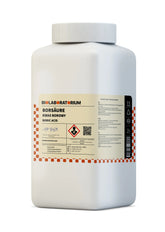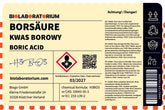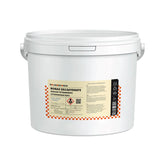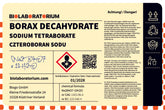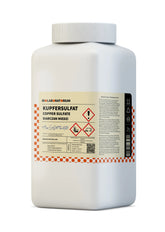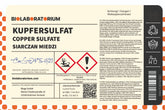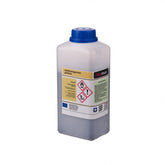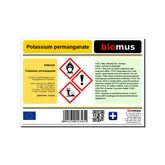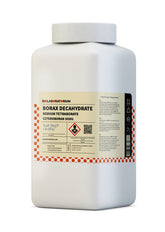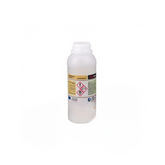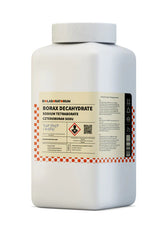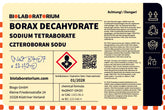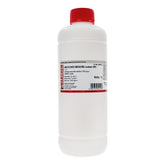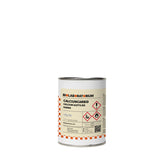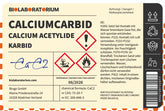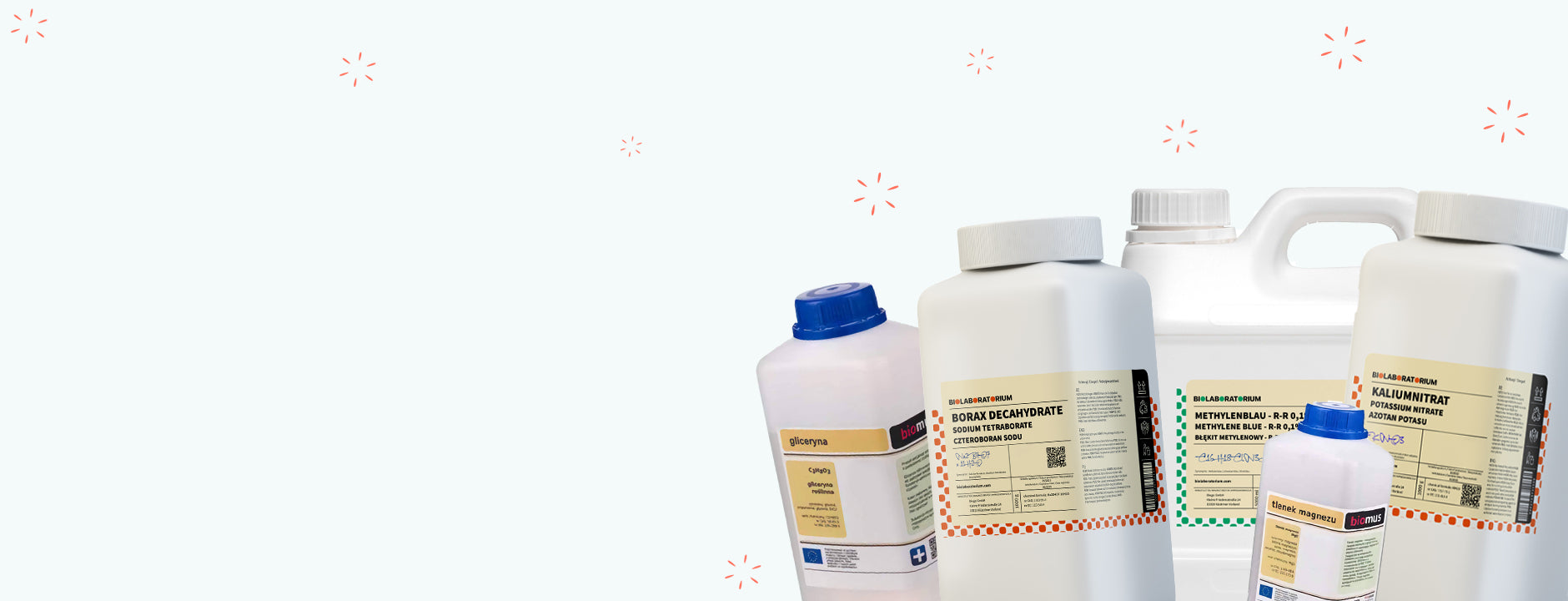Butanediol – Properties, Industrial Applications, and Safety
Butanediol, also known as 1,4-butanediol, is a versatile chemical substance used in a wide range of industrial sectors. As a glycol with four carbon atoms and two hydroxyl groups, butanediol offers a unique combination of properties that make it an important component of numerous products.
Properties of Butanediol
Butanediol is a colorless, viscous liquid with a slightly sweet odor. With a boiling point of about 230°C and a melting point of 20°C, it is liquid at room temperature. Additionally, it is characterized by high solvent capacity, hydrophilicity, and miscibility with water as well as many organic solvents.
Chemically speaking, butanediol is a diol, meaning an alcohol with two hydroxyl groups. This structure gives it some interesting properties:
- Reactivity: The two hydroxyl groups make butanediol a reactive molecule that can be used in many chemical syntheses.
- Viscosity: The length of the carbon chain and the hydroxyl groups result in a relatively high viscosity, which can be advantageous for certain applications.
- Polarity: The polarity due to the hydroxyl groups makes butanediol water-soluble and enables the formation of hydrogen bonds.
Industrial Applications of Butanediol
Due to its versatile properties, butanediol is used in numerous industrial sectors:
Plastics and Polymers
Butanediol is an important building block for the production of polyesters, polyurethanes, and other plastics. For example, it is used in the production of polybutylene terephthalate (PBT), an engineering plastic with high strength and temperature resistance.
Solvents and Plasticizers
As a polar but not overly aggressive solvent, butanediol is excellent for formulating paints, coatings, adhesives, and cleaning agents. Additionally, it can be used as a plasticizer in plastics.
Pharmaceuticals and Cosmetics
In the pharmaceutical industry, butanediol serves as a starting material for the production of medications, vitamins, and active pharmaceutical ingredients. In the cosmetics industry, it is used as a humectant in creams, lotions, and other care products.
Industrial Chemicals
Butanediol is an important raw material for the production of tetrahydrofuran (THF), a cyclic ether that in turn serves as a monomer for the production of polytetramethylene ether glycol (PTMEG). PTMEG is a starting material for the production of spandex fibers.
Food Industry
In the food industry, butanediol is used as a humectant, solvent, and additive. It can also serve as a starting material for the production of flavors and fragrances.
Safety and Handling of Butanediol
Although butanediol is used in many industrial areas, it is important to observe safety aspects during handling and storage:
- Health Risks: Butanediol is harmful if swallowed and can cause mucous membrane irritation. Direct skin contact should be avoided.
- Fire Hazard: Butanediol is flammable, so precautions are necessary when handling open flames or ignition sources.
- Storage: Butanediol should be stored in well-ventilated areas at temperatures below 30°C to avoid decomposition and evaporation.
- Disposal: Empty containers and residues must be disposed of properly to prevent environmental damage.
By adhering to safety regulations and proper handling, the use of butanediol in industrial processes can be managed safely and efficiently.
Overall, thanks to its diverse properties, butanediol offers a broad spectrum of applications in the chemical industry. From plastic production to pharmaceutical products – butanediol is an indispensable raw material for numerous industrial sectors.

